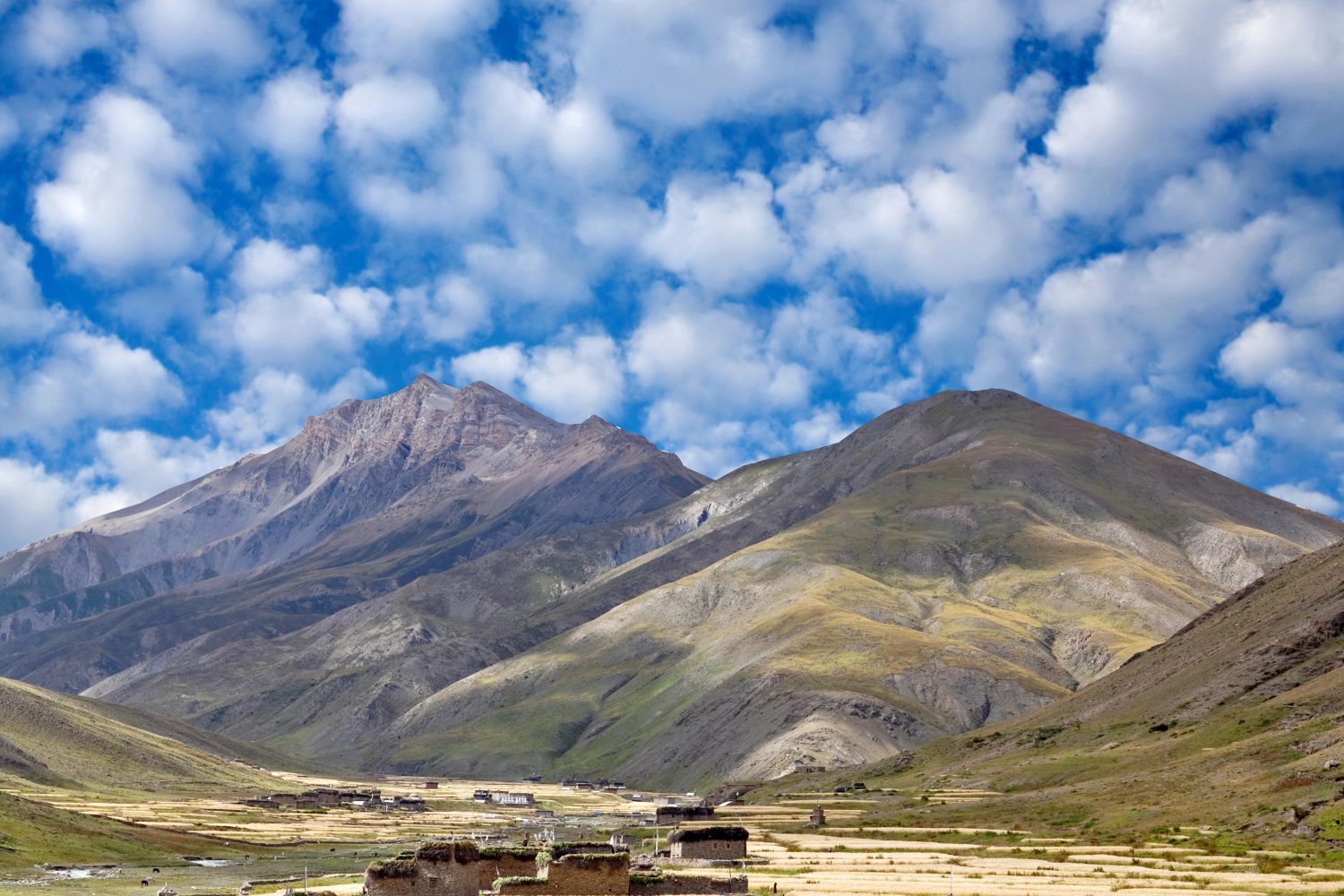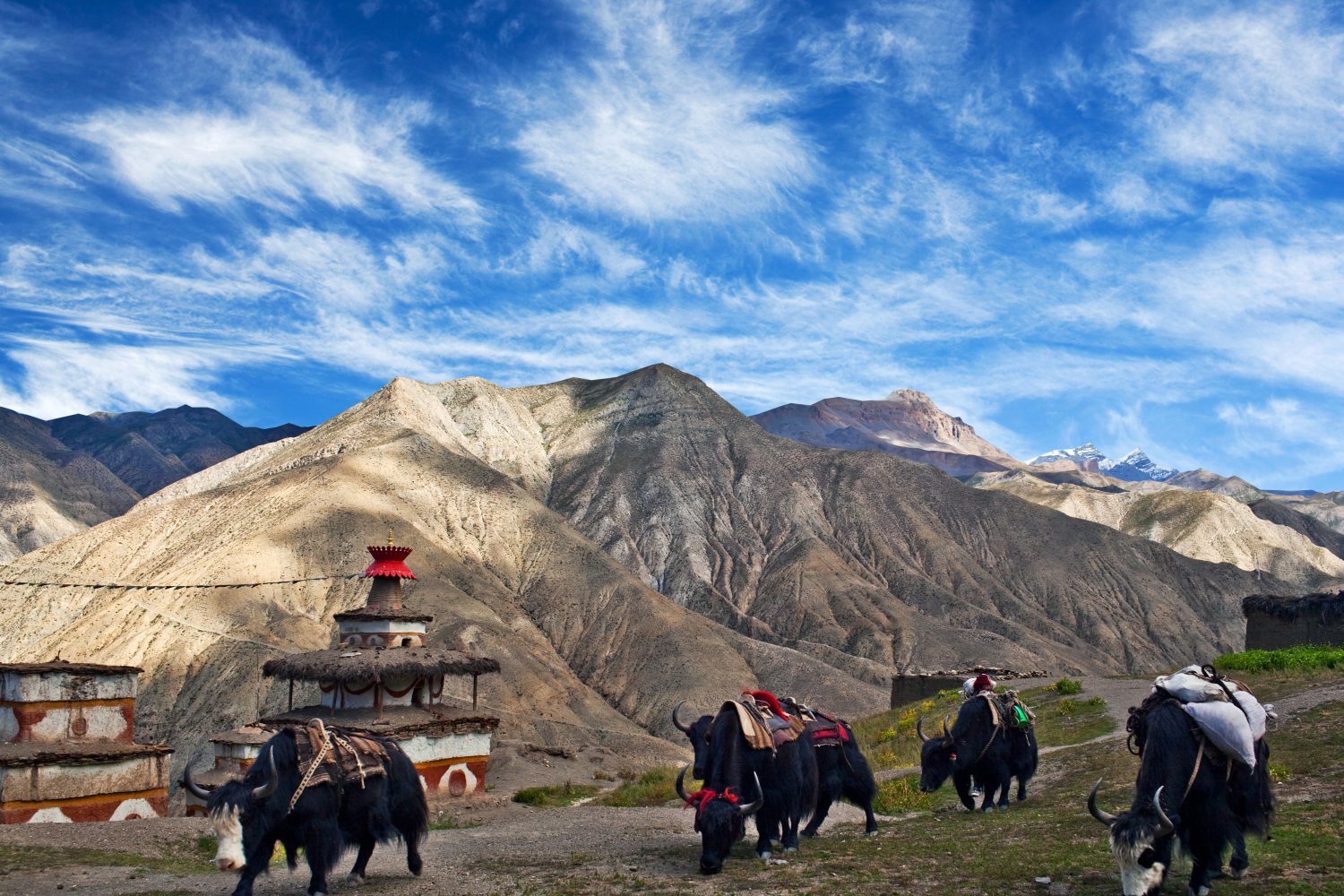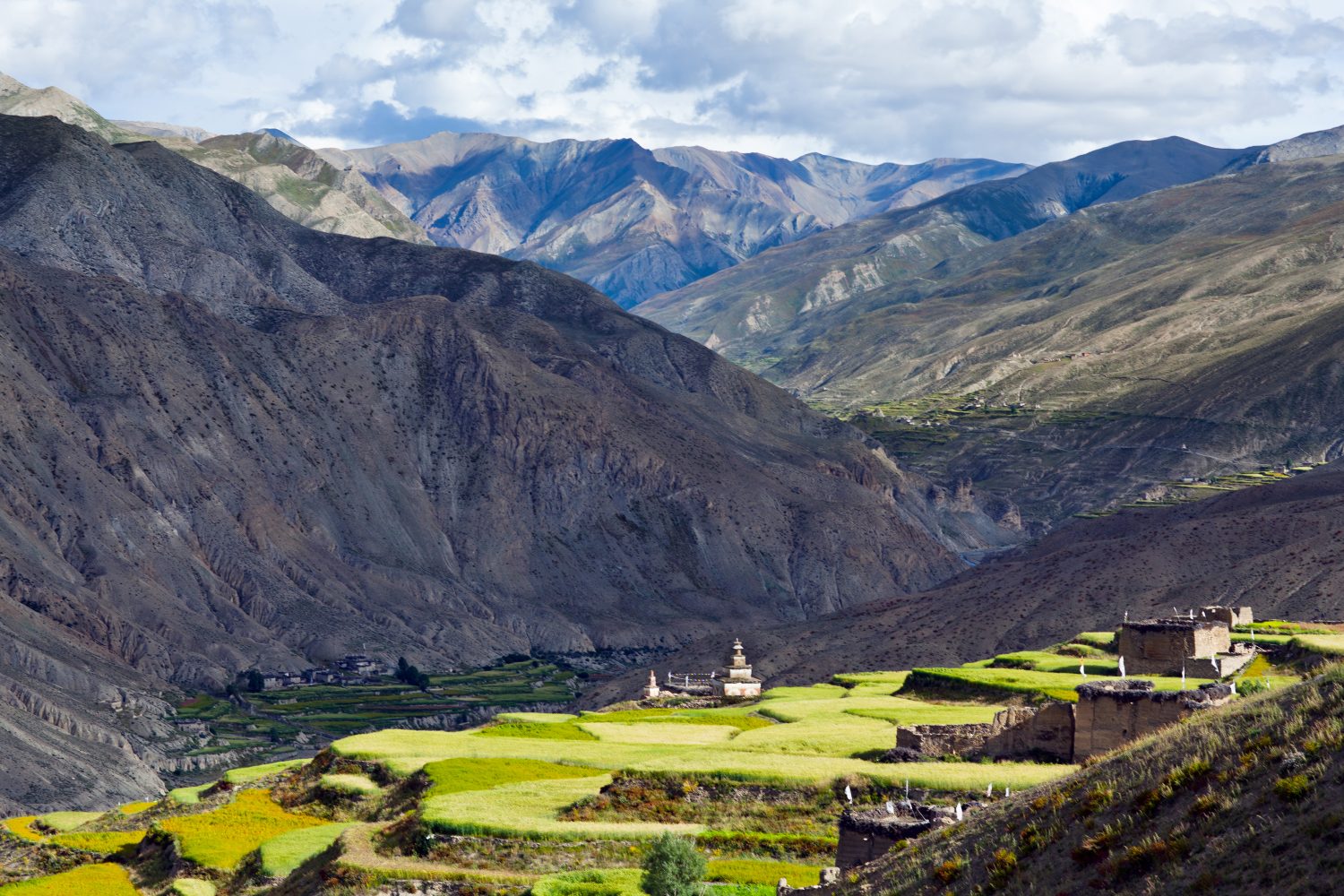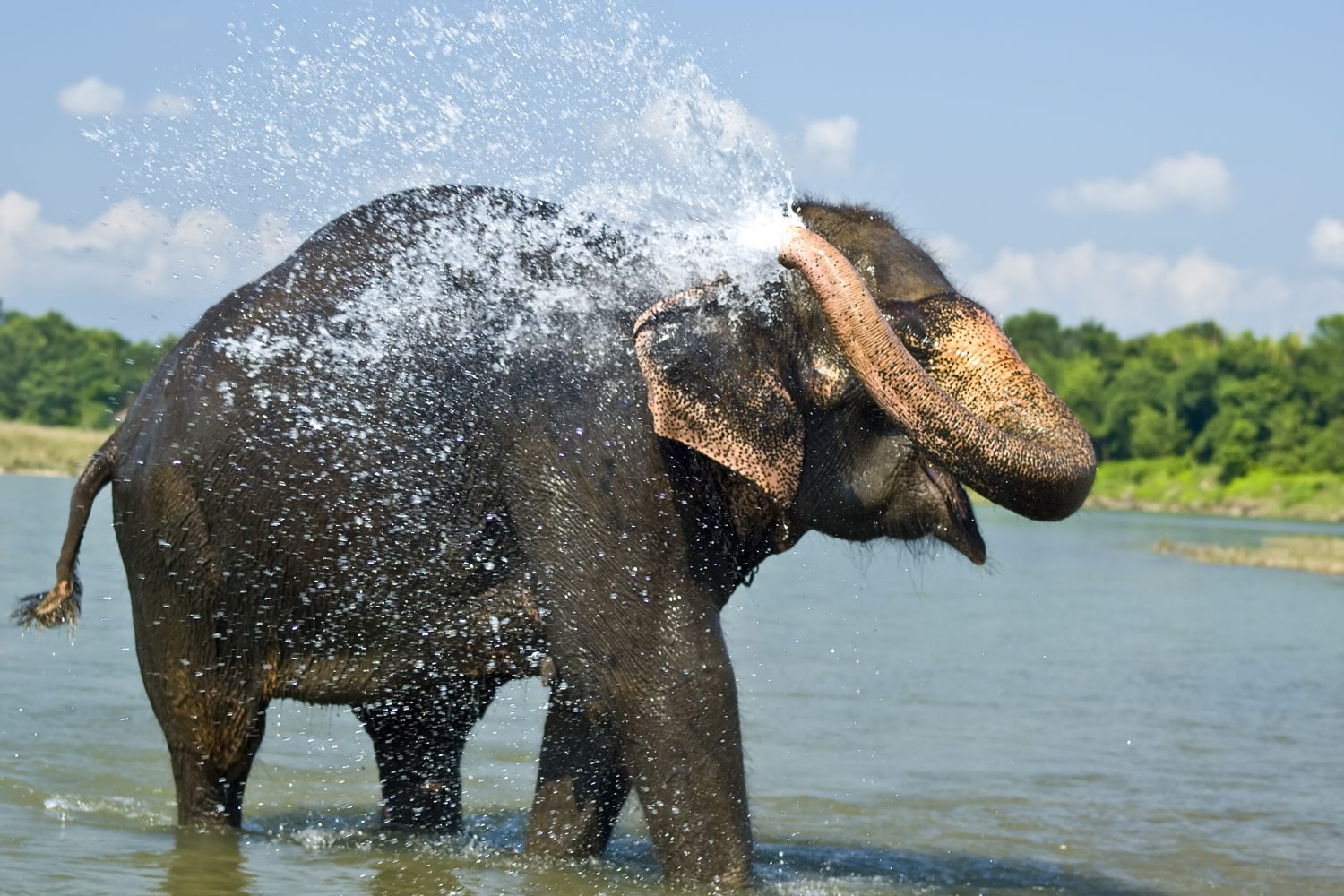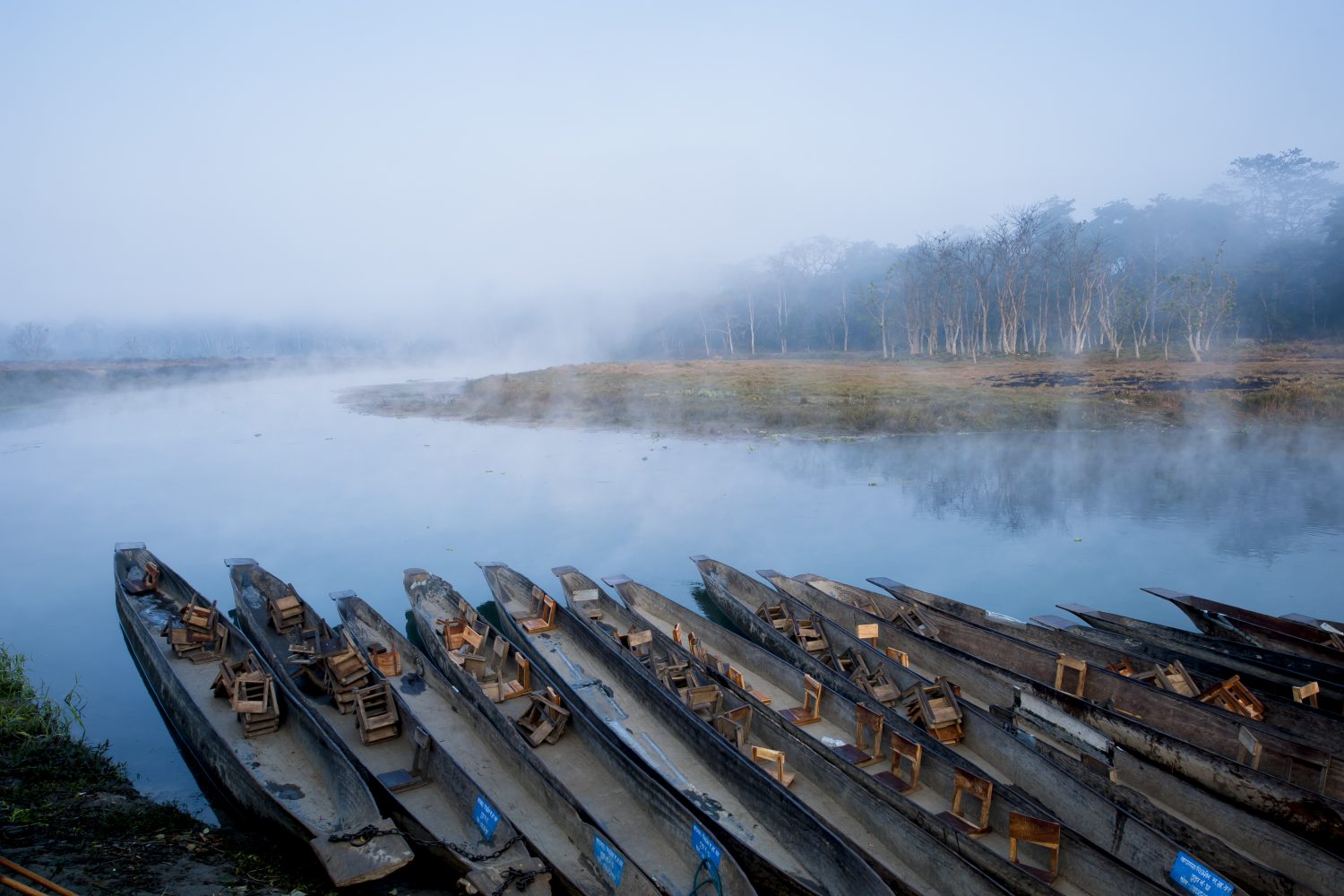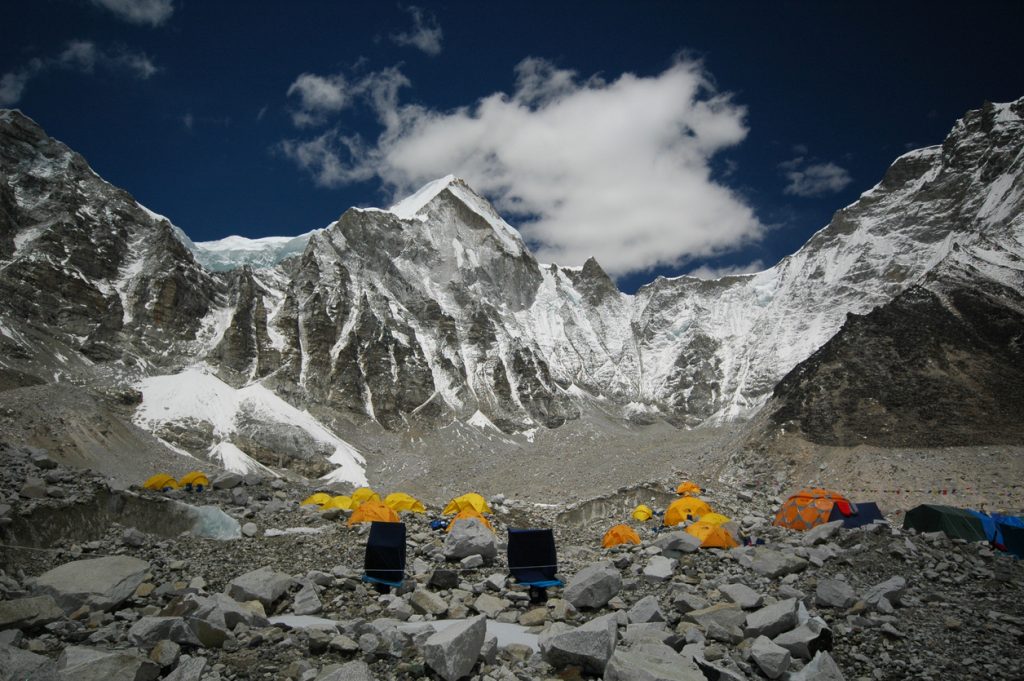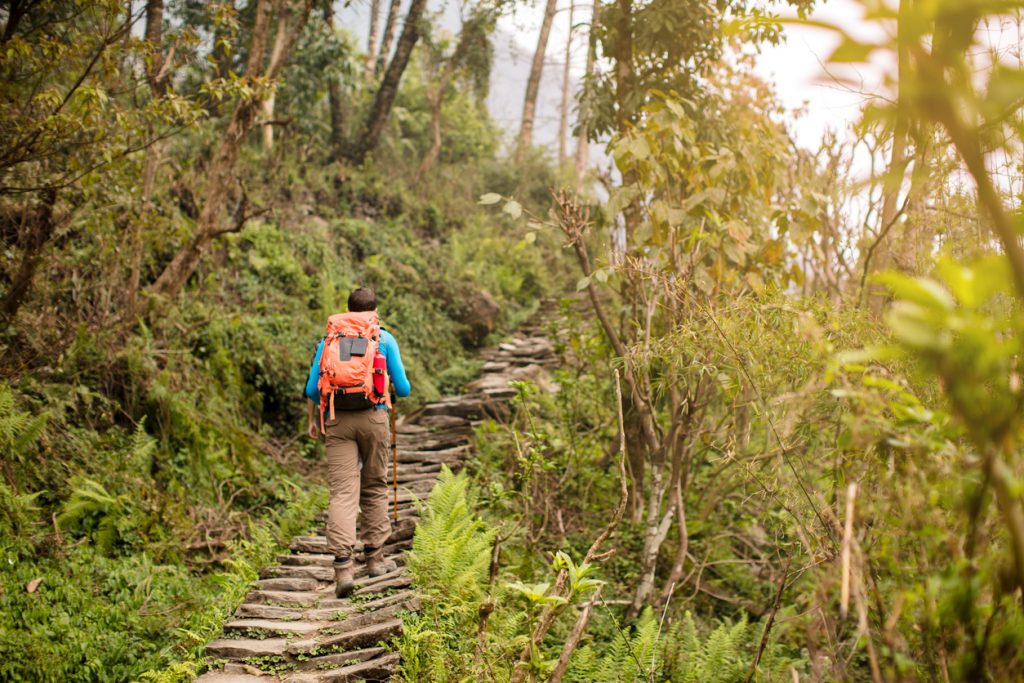For something more remote, adventurers and Nepal lovers should give our Beni and Dolpo Trek a go. Known among trekking aficionados for its spectacularly remote gompas, colourful yack caravans and dramatic high desert scenery, the Dolpo region is one for the bucket list. This route is described in detail in by George B Schaller in Stones of Silence and by Peter Matthiessen in The Snow Leopard. For anyone who’s read the latter, this trek feels nothing short of a pilgrimage. On this 21 day Beni and Dolpo Trek adventure, we have also included some additional days in Kathmandu and Pokhara so you can not only explore these beautiful areas but prepare yourself for the intense and difficult trek ahead.

